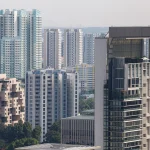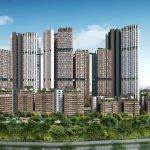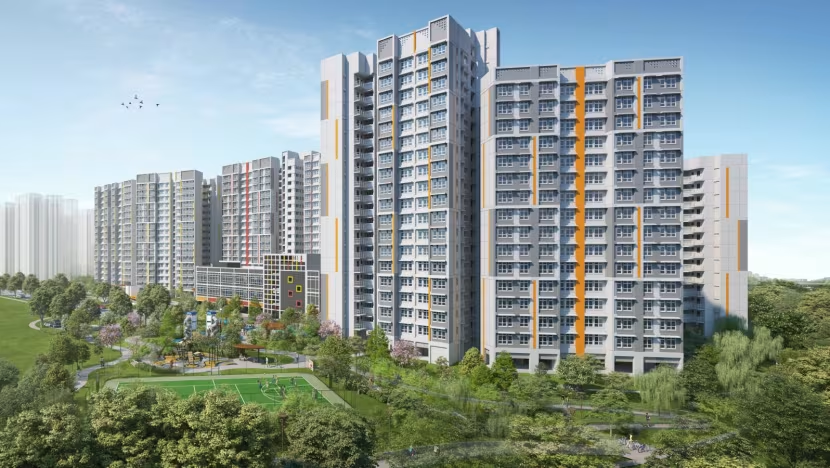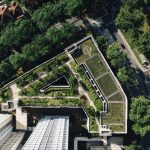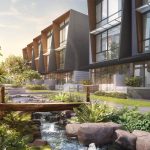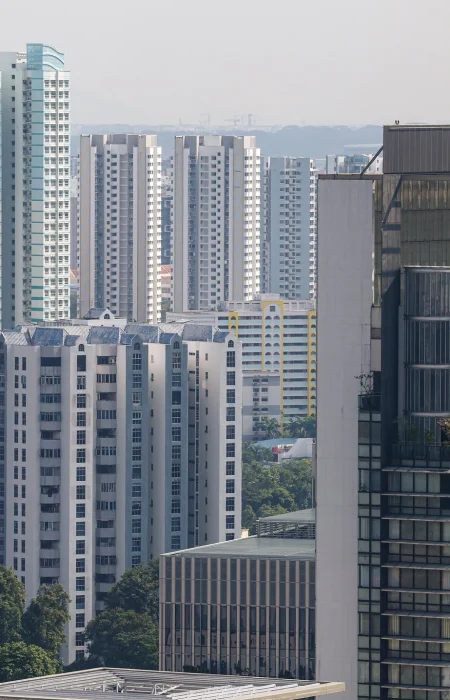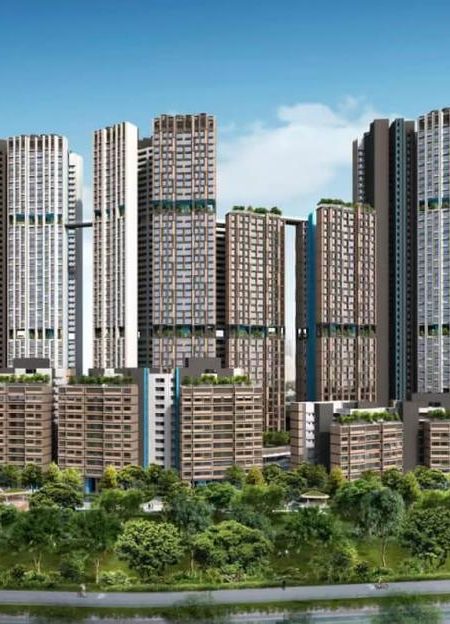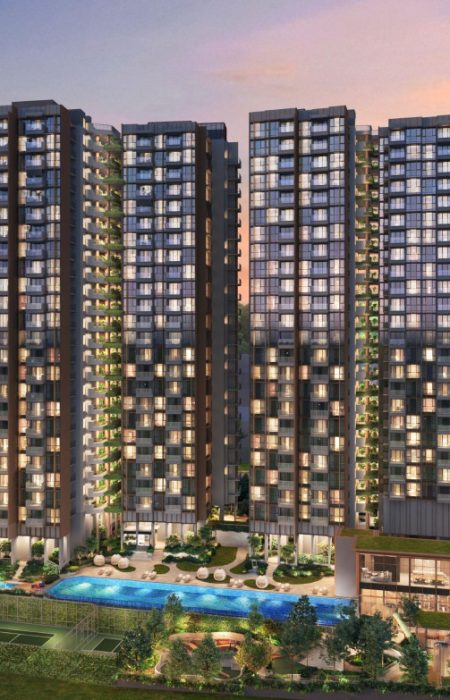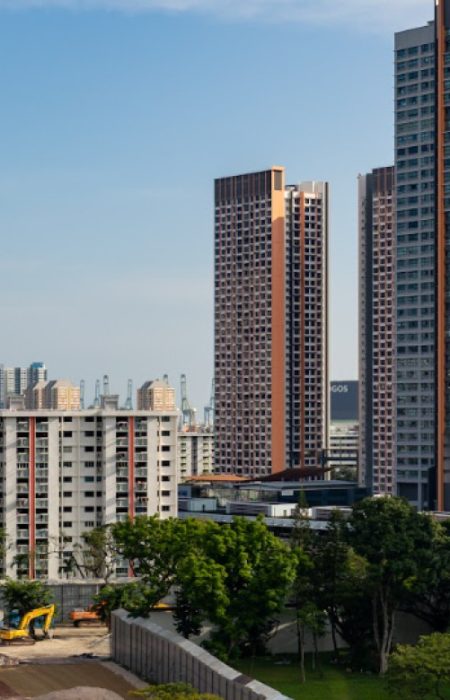Introduction
The Singapore government has announced a series of policy updates aimed at enhancing public housing accessibility, expanding transport connectivity, and rejuvenating older estates. These initiatives reflect a forward-looking approach to urban development, addressing the needs of a growing population while supporting sustainable and inclusive city planning.
By reviewing housing income ceilings, improving transport links, and revitalizing aging estates, Singapore aims to maintain high standards of living, strengthen social inclusivity, and create vibrant communities across the island.
Review of Housing Income Ceilings
The government is set to review existing income ceilings for public housing, ensuring eligibility criteria align with current economic realities and household incomes.
- Current Ceiling: S$14,000 per month for families applying for Build-To-Order (BTO) flats, set in 2019.
- Objective: Ensure that middle-income households can access affordable housing despite rising private property prices.
- Potential Changes:
- Raising the income ceiling to widen access for higher-income families.
- Adjusting age requirements for singles applying for BTO flats, currently set at 35 years.
- Revising income thresholds for singles to provide fairer opportunities in public housing.
These adjustments aim to help Singaporeans who earn too much for heavily subsidized flats but are still priced out of private housing, thereby reducing the “sandwiched class” problem.
Expansion of Transport Links
Transport infrastructure is a key enabler for sustainable urban living. The government’s expansion plans focus on:
- New Transport Corridors: Improving connections between residential areas and commercial or business hubs.
- Upgrading Existing Facilities: Enhancing MRT stations, bus interchanges, and road networks to handle rising commuter demand.
- Sustainable Transport Options: Promoting electric buses, cycling paths, and pedestrian-friendly routes to reduce emissions and encourage eco-friendly commuting.
These efforts aim to shorten commute times, reduce congestion, and integrate transportation seamlessly with residential developments, making city living more efficient and convenient.
Estate Rejuvenation Programs
Older neighborhoods form an integral part of Singapore’s urban fabric. The government is implementing comprehensive estate rejuvenation strategies to maintain livability and foster community cohesion:
- Voluntary Early Redevelopment Scheme (VERS): A new framework allowing residents in older estates to voluntarily relocate in exchange for incentives, enabling the redevelopment of aging public housing.
- Home Improvement Programme (HIP): Continuous upgrades to existing flats, including essential maintenance, modern fittings, and improved safety features.
- Community Engagement: Residents are being involved in planning and decision-making to ensure that redevelopment aligns with community needs and lifestyle preferences.
These measures aim to revitalize estates, enhance quality of life, and strengthen the social fabric in older neighborhoods.
Broader Urban Development Impact
These policy updates contribute to Singapore’s long-term urban planning objectives:
- Inclusive Housing: Adjusted income ceilings and BTO eligibility ensure more equitable access to housing.
- Efficient Mobility: Expanded transport links support economic growth, reduce travel times, and connect residents to jobs, education, and leisure.
- Sustainable and Vibrant Communities: Estate rejuvenation enhances living standards, encourages social cohesion, and promotes green and sustainable neighborhoods.
By integrating housing, transport, and estate renewal, Singapore continues to position itself as a global leader in sustainable urban development.
Conclusion
Singapore’s initiatives to review housing income ceilings, expand transport connectivity, and rejuvenate estates reflect a holistic approach to urban planning. By addressing demographic changes, improving accessibility, and revitalizing aging neighborhoods, these policies aim to create inclusive, vibrant, and sustainable living environments for all residents.
These updates not only enhance the quality of life for current citizens but also set the foundation for a resilient, forward-looking city capable of meeting future challenges in housing, transport, and community development.



